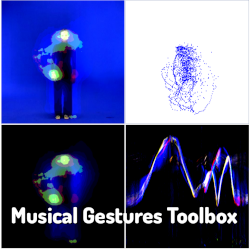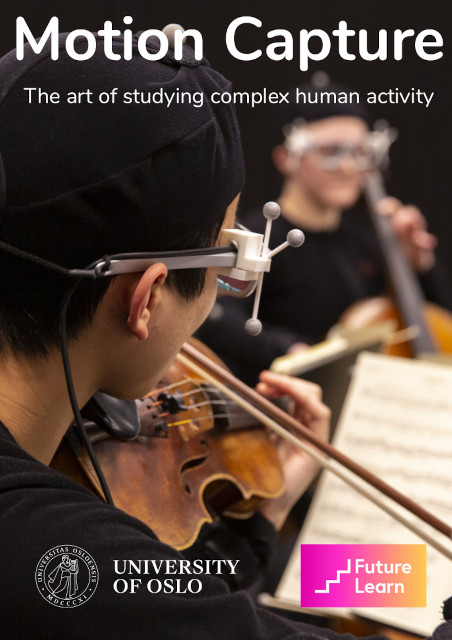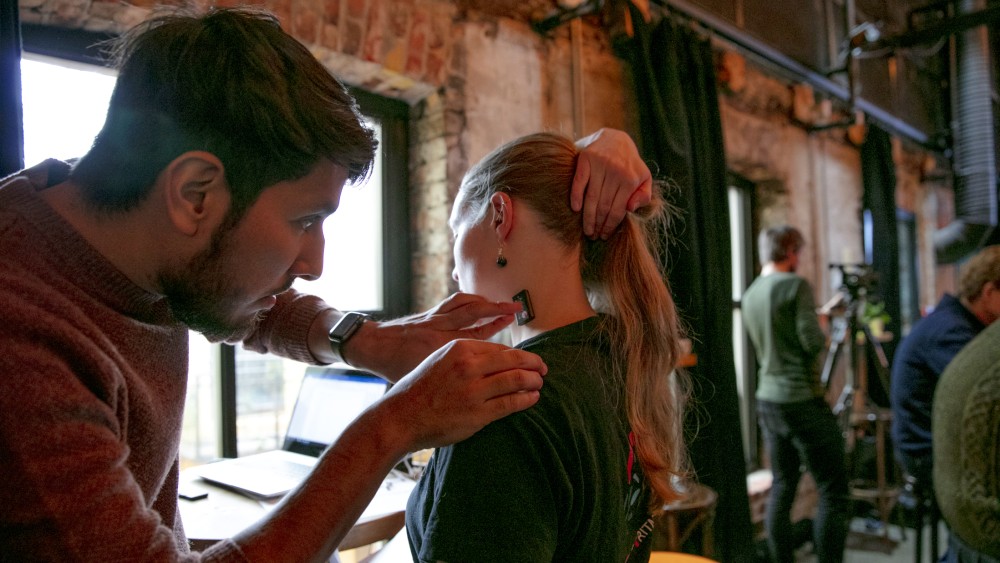Open Research vs Open Science
The MICRO project is an interdisciplinary project between the arts and humanities, psychology, and technology. The project builds on the artistic research carried out in the Sverm project, and MICRO has also employed artistic methods and had artistic results. As such, "open research" feels better and more inclusive than "open science".
Why Open Research?
The research world has undergone a "revolution" within the relatively short timespan of the MICRO project. When we started in 2016, Open Research was something for enthusiasts. By the time we ended in 2021, Plan S had shaken the publication landscape, and FAIR data was on the agenda of all university leaders.
In the MICRO project, we wanted to engage with people from the start. After all, the central empirical paradigm of the project has been the Championships of Standstill, which has stirred up a lot of interest and public discussion.
When asked why we work openly, we reply: "why is closed research better research"? We believe that working openly makes our research better. One of the main points of doing research is learning more and expanding our shared knowledge about the world, and this is not possible if we do not share openly.
Working openly is challenging. It takes more time to share data than to leave them on our closed server, and we need to document our code better when sharing it with everyone. Still, we believe that this also forces us to be better researchers. It allows others to look at what we have done and make corrections. Hopefully, others can also build on our material in various ways.
Many people talk about doing Open Research these days; we have tried to do it in practice. In the following, we will present how we have worked openly in the MICRO project. The MICRO project has not succeeded entirely, but we have pushed for openness in all directions. We have inspired others, and we have motivated ourselves to continue working openly in the future.

Open Applications
We decided early on to share MICRO's funding application. We have received a big chunk of public funding and think it is fair that people see what we wrote in the original grant. Looking back, we can see that we did more or less what we planned to do, although certain things changed. That is how basic research works. The competencies of the team will impact what is done. Sometimes you stumble upon something that were not planned, but that may be significant. For example, we discovered that there had been few proper studies comparing differences between listening to headphones and speakers. But in large, we did what we were supposed to do.
Sharing the application can also be helpful for others writing applications. The MICRO application is but one way of writing a successful research proposal. By sharing it, we hope to inspire others to write good proposals. In the long run, that will hopefully also result in better research.
Open Access
The publications coming out of a project are critical for disseminating the results to other researchers and the general public. Not everyone has access to subscription journals or can afford to pay for individual articles. Therefore, we are happy to say that all the publications coming out of the MICRO project are available Open Access, either directly from the publishers or through the institutional archive at UiO.
Open Data

The MICRO project has, in many ways, been a data-driven project. The project idea was born from data collected in the Sverm project, and we have collected more data through the annual Championships of Standstill. In addition, we ran a more controlled headphones-speakers experiment. All the data is openly available in the Oslo Standstill Database. Not all our data could be shared openly due to privacy concerns. But we have tried to share anonymized data as much as possible. We also shared the project's data management plan. This may be more details than some people need, but we have seen that many researchers are uncertain about what a data management plan should look like. Ours is not perfect, but it is an example that can hopefully be helpful to others.
Open Source

In addition to sharing the data, we provide the code we used to analyze the data. Both Matlab and Python code is available in our GitHub repository. That way, anyone can verify our analyses, and it is also possible to build on our code for other use cases. Parts of our code was borrowed from different places, and it has also been (partly) added to our ongoing development of the Musical Gestures Toolbox.
Open Methods
Sharing our source code is also partly about sharing our methods. But we have also tried to share more information about how we work. MICRO PhD fellow Agata Zelechowska described many details in her publicly available dissertation. In addition, we have also made available, for example, the questionnaires and consent forms used for the various studies. This may be seen as a detail, but sharing such information is essential for understanding what we did. It is also helpful for other researchers who wonder how to collect such information. We have also described the way we work at multiple MusicLab events aimed at the general public. Explaining the way researchers work is critical for the legitimacy of research.
Open Educational Tools

In our experience, sharing publications, data, source code, and methods are also very useful for students. It helps students to understand the craft of doing research. We used this material during the MICRO project to teach various campus courses at the University of Oslo. Knowledge from the project has also been used to develop multiple sections in our new online course: Motion Capture: The Art of Studying Human Activity.
